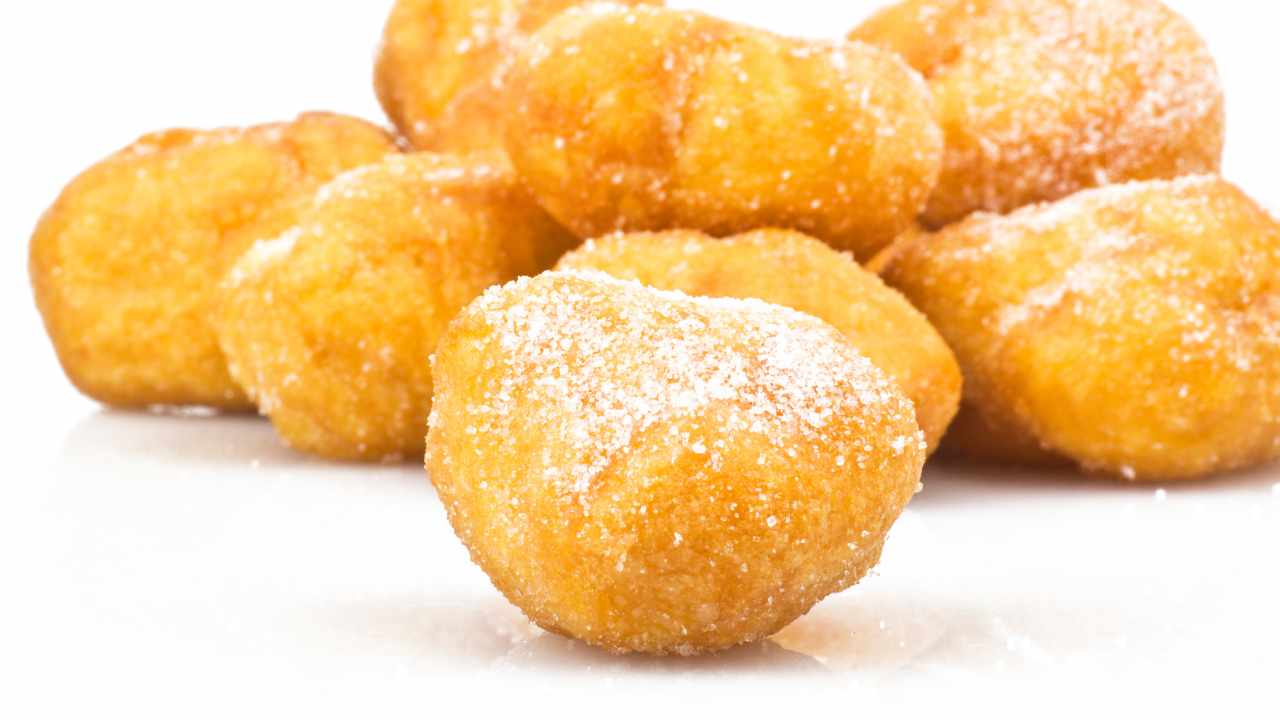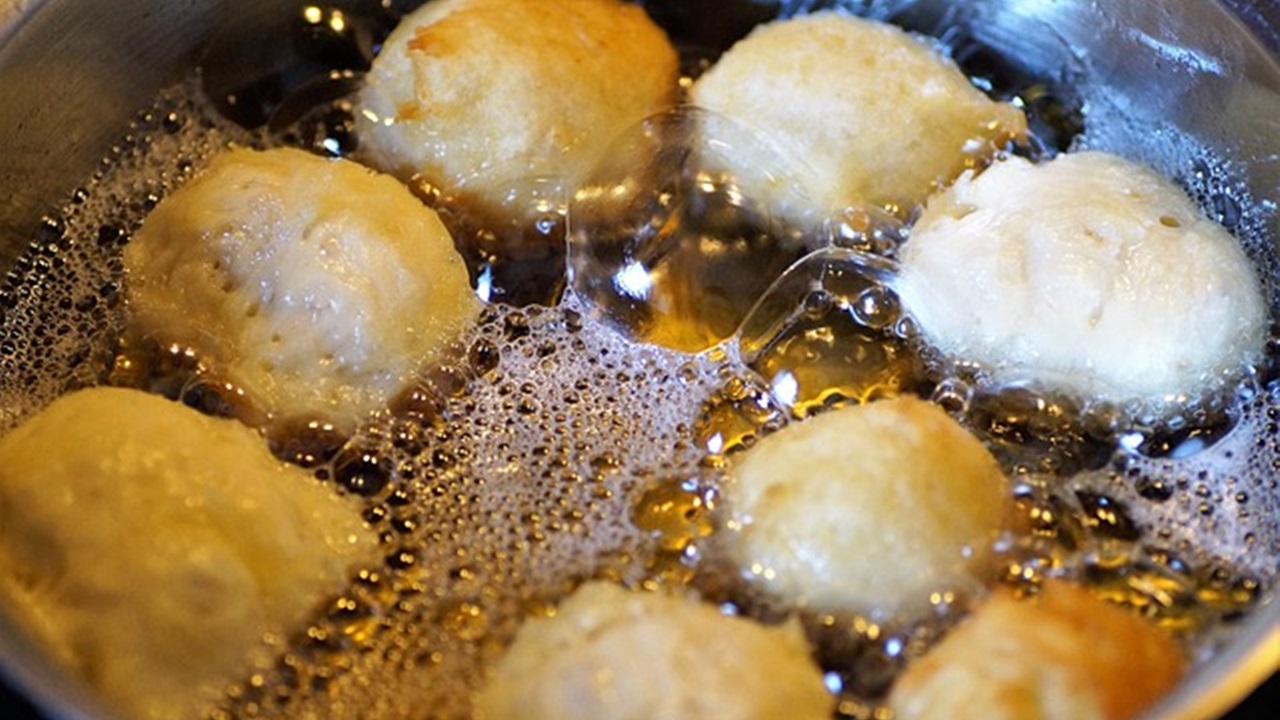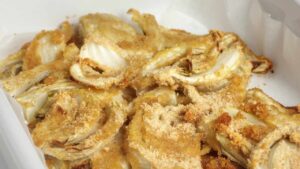Castagnole Soft Inside and Crunchy Outside: the Tricks
As Carnival approaches after the Christmas festivities, it’s time to bring traditional Carnival desserts to the table. To the delight of both adults and children, castagnole is making a comeback—small, leavened dough spheres fried in boiling oil and covered in icing sugar. While the preparation may seem straightforward, achieving the desired results isn’t always guaranteed. Today, we’re eager to share some tricks to ensure they turn out perfect, soft on the inside and crunchy on the outside.

Castagnole is a typical dessert of the Carnival period, widely enjoyed in various Italian regions, including Lazio, Tuscany, Umbria, Lombardy, and Emilia-Romagna. The name “castagnole” comes from their round and small shape, resembling chestnuts. Throughout Italy, the preparation and names of these delightful treats may vary slightly. For example, in Tuscany, they are known as chiacchiere or cenci, while in Lombardy, they go by the name frittelle.
The secrets to preparing perfect chestnuts
The beauty of castagnole lies in the regional variations, with many different recipes reflecting local traditions. While the specific ingredients and methods may vary, the success of the dessert often hinges on the quality of the dough. At the base of each recipe is the choice of ingredients. In our case, if you wish to prepare them as per tradition, you will have to use flour, butter, eggs, sugar, yeast, a touch of liqueur, and flavorings like vanilla and lemon peel for that distinctive taste.
In this particular recipe, a distinctive feature is the mixing of all the ingredients together. It is very important at this stage to balance the ingredients. For every 100 grams of flour, add one egg. The sugar and butter should each be a quarter of the amount of flour used.

To prevent the castagnole from becoming excessively sweet, don’t add too much sugar. For uniform cooking and an appealing appearance, try to make them all the same size. You can use a measuring spoon or an ice cream scoop to assist you in achieving consistent sizes.
Before frying the chestnuts, generously sprinkle them with granulated sugar. This will create a delightful, crunchy, sugary crust on the surface of the castagnole, enhancing both texture and flavor.
Maintaining the right temperature of the oil is crucial for achieving the perfect balance of a crispy outer crust and a soft center. The oil should be heated to a temperature between 170 and 180 degrees. If the oil is too hot, the castagnole may cook too quickly on the outside while staying undercooked inside. However, if the oil is too cold, they may absorb excess oil, resulting in a heavy and greasy texture.
Finally, to cook them correctly, fry only a few at a time. This prevents the oil from cooling too quickly and prevents them from sticking together. Fry for approximately 2-3 minutes or until they turn golden and puffy. After frying, drain them on absorbent paper to remove excess oil and serve immediately, dusting them with icing sugar for that perfect finishing touch.





